Viltrox PFU RBMH 20 mm f/1.8 ASPH
7. Coma, astigmatism and bokeh
| Center, f/1.8 | Corner APS-C, f/1.8 | R. Corner FF, f/1.8 | L. Corner FF, f/1.8 |
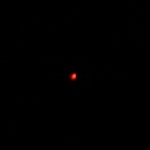
|
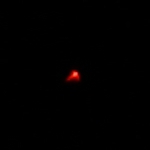
|
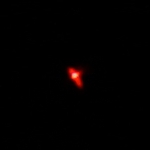
|
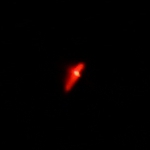
|
| Center, f/2.5 | Corner APS-C, f/2.5 | R. Corner FF, f/2.5 | L. Corner FF, f/2.5 |

|

|
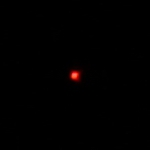
|
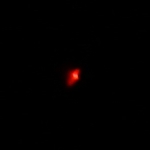
|
It is clear that coma makes itself felt already in corners of the APS-C sensor, even though by stopping down the aperture by 1 EV you can eliminate that problem practically completely. In both corners of full frame coma is really pronounced but in the left corner 'wings' from optical aberrations of higher degrees are bigger. That effect is visible also on stopping down the aperture to f/2.5 – in the right corner coma disappears practically completely but in the left corner it still remains visible.
Please Support UsIf you enjoy our reviews and articles, and you want us to continue our work please, support our website by donating through PayPal. The funds are going to be used for paying our editorial team, renting servers, and equipping our testing studio; only that way we will be able to continue providing you interesting content for free. |
- - - - - - - - - - - - - - - - - - - - - - - - - - - - - - - - - - - - - - - - - - - - - - - -
In this category the Tokina Firin prevails over the Viltrox.
Of course you might ask whether an uneven layout of coma causes differences in resolution between two sides of the frame. Measurements of MTF50 function values, shown in chapter 4, seem to suggest it is indeed the case: values reached on the left side in the f/1.8-2.0 aperture range are a tad lower than those on the right side. Still the effect isn't especially distinct (that's why we didn't talk about it in detail earlier) and rather difficult to categorize. Measurements of vertical and horizontal MTF50 function values are degenerated to a point as they are a result of cooperation between different aberrations – testers cannot differentiate unambiguously between the influence of coma and the influence of astigmatism, chromatic aberration, or any other aberrations of higher degree. What's more, on stopping down the aperture the increase of average MTF50 function values might be observed even if one of components doesn't increase at all or even decrease slightly. Of course we mean here a situation when the decrease happens at the same time as a distinct increase of any other component.
Astigmatism, understood as an average difference between vertical and horizontal MTF50 function values, amounted to as much as 28%. It is a very high result which explains partially why the Viltrox near the maximum relative aperture has resolution results much lower than those of the Tokina Firin; after all the astigmatism of the Tokina lens amounted to just 2.4%. It's worth adding that in order to get rid of astigmatism completely you have to stop the Viltrox down to near f/4.0.
The Viltrox generates nice, blurry areas, very good for a lens which might be considered as an ultra wide-angle device. Even though there are aspherical elements inside you don't have any problems with an onion ring bokeh – the area inside defocused circles of light is rather smooth, with a visible rim but its intensity remains acceptable. We haven't noticed any specific problems with mechanical vignetting either – the circles are deformed in the corners but that effect stems from the wide angle and projection, it has nothing to do with truncation caused by vignetting barrel parts.
| Center, f/1.8 | Corner APS-C, f/1.8 | Corner FF, f/1.8 |
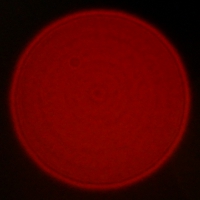
|
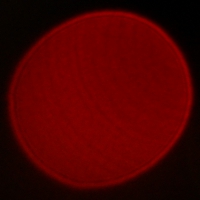
|
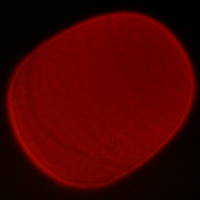
|
| Center, f/2.5 | Corner APS-C, f/2.5 | Corner FF, f/2.5 |
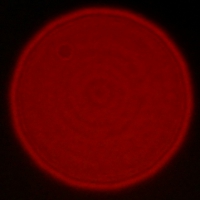
|
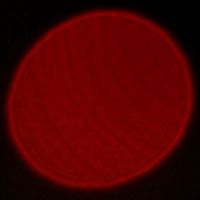
|
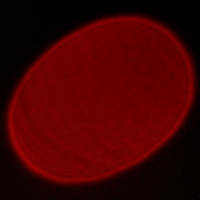
|
Center, f/3.5 | Corner APS-C, f/3.5 | Corner FF, f/3.5 |
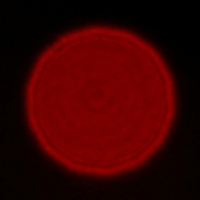
|
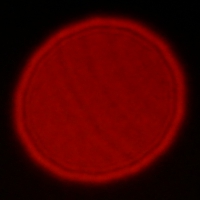
|
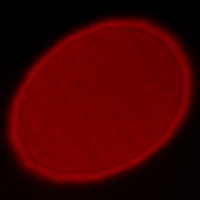
|






